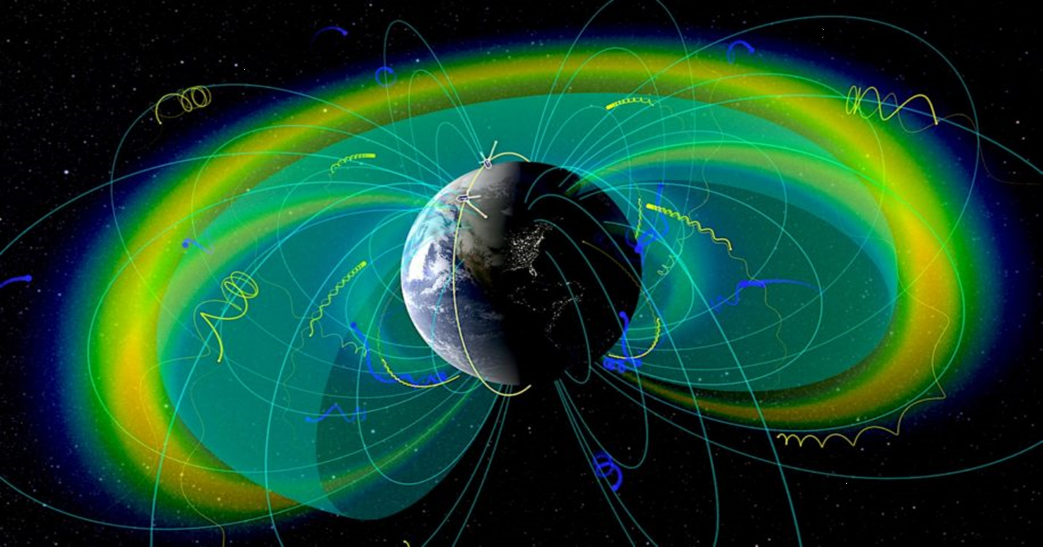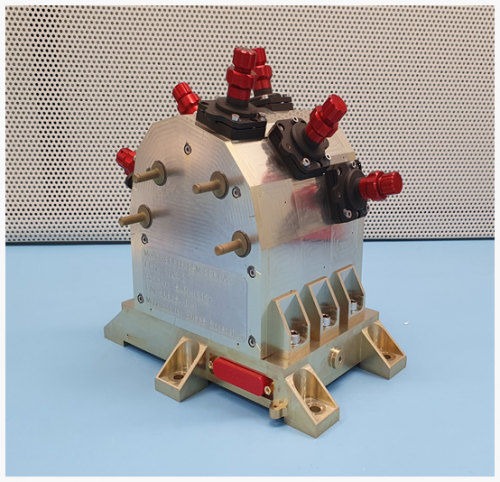The PROBA-3 mission
3DEES (3-Dimensional Energetic Electron Spectrometer) is mounted on-board the PROBA-3 mission of ESA that will be launched in 2024. PROBA-3 consists of two satellites that will fly “in formation”. They stay close together while they orbit the Earth. In certain zones of their orbit one satellite (the coronagraph) will be in the shadow of the other (the occulter). At these specific times the corona and the further radiative environment of the Sun can be nicely studied from the coronagraph satellite.
The small 3DEES instrument sails along with the coronagraph, but does not look at the Sun. Instead, it scans the environment for charged particles, especially when the satellites pass through the inner radiation belts of the Earth. In these belts, electrons and other charged particles are trapped in the Earth’s magnetic field.

BIRA-IASB was already involved in the development of EPT (Energetic Particle Telescope), a charged particles telescope that flew on-board PROBA-V and collected a massive amount of scientific information. 3DEES builds on the EPT heritage but is more versatile. While EPT had only one viewing direction, 3DEES has six. Still, mass and volume of these two instruments are very much comparable.
The 3DEES instrument
There is an obvious reason why 3DEES is made so compact. It must be able to hitchhike “piggyback” (one could say in a sneaky way) in some small corner of big satellites. The idea is to seize every opportunity to go and study the radiation environment of our Earth.
The instrument consists of a panoramic sensor module that is composed of three individual orthogonal sensor modules. Each orthogonal sensor module has two viewing directions under an angle of 90°. The three orthogonal sensors are rotated with respect to each other so that a sector of 180° can be observed simultaneously.
The concept of 3DEES and its predecessor EPT come from the Université Catholique de Louvain. The design and the manufacturing of the instrument were led by the Belgian company Redwire Space (formerly Qinetiq Space) that are also the builders of the PROBA-satellites. The complex mechanical housing, in which the sensor modules and the control and read-out electronics are lodged, was developed by BIRA-IASB’s Engineering division.
Very stringent space requirements
Building a space instrument, and especially the mechanical structure, must fulfil very stringent requirements. The instrument’s housing acts as a shell around the instrument, protecting it against the radiation environment and keeping its temperature within certain limits. It also needs to be stiff and strong enough to keep the interior safe during the fierce vibrations during launch.
A set of environmental tests was successfully conducted in specialized test chambers. 3DEES is now completely ready for an undoubtedly thrilling journey.


